Embark on an unforgettable ski touring adventure through Norway’s stunning landscapes. Based in Tromsø, you'll have the perfect vantage point to explore a variety of terrains, including the famous areas of Kvaløya, Ringvassøya, Tromsø Fastland, and the stunning Lyngen Alps.
Enjoy a range of itineraries, from classic routes such as Fastdaltinden, Daltinden, and Ullstinden to hidden gems where fresh, untouched snow awaits. Whether you’re seeking well-trodden paths or uncharted territories, we offer a variety of lengths, difficulties, and exposures to match the group's skiing ability.
- Tromsdalstinden: Known as Tromsø’s mountain, this peak offers a challenging traverse or a more direct ascent from the southeast.
- Buren: Experience the majestic island of Kvaløya with breathtaking ocean views.
- Istinden: Renowned for its panoramic vistas, this Lyngen Alps adventure demands excellent snow conditions and a motivated team.
- Rema 1000: Despite its name being associated with a supermarket chain, Rema 1000 offers 1000 meters of exceptional slopes.
- Nordfjellet: Featuring impressive terrain and challenging conditions, Nordfjellet complements the skiing experience with diverse runs.
Expect to gain 800-1200 meters in altitude, enjoying challenging terrain and spectacular views. We often return to the starting point by skiing down to the fjord or shoreline, where the final turns might not always be perfect but are always rewarding.
Northern Lights
Tromsø's latitude offers a great chance to witness this natural phenomenon. We can venture to darker, less illuminated areas if necessary to maximise your chances. We’ll certainly give it a try!
Day Itinerary
-
Arrive in Tromso and meet the guide and the rest of the group in the early evening for a welcome meeting, briefing and equipment check.
-
Our days begin around 7:30 am with breakfast, followed by departure from Tromso around 8:00-8:30 am, depending on our destination. For closer trips, we start skiing by 9:00-9:30 am, while farther locations may require an earlier start. After a day on the slopes, unwind with an aperitif at our lodge or explore Tromso’s vibrant bar scene. Dinner is served between 7:00-8:00 pm, leaving plenty of time for evening strolls in the city center.
Your guide will carefully select each day’s destination based on current weather conditions, snow quality, individual skill levels, and the group's preferences.
-
Depart after breakfast in the transfer to the airport.
 Off-Piste
Off-Piste Ski Touring
Ski Touring Via Ferrata
Via Ferrata Ice Climbing
Ice Climbing Alpine Glacier Trekking
Alpine Glacier Trekking Worldwide Trekking
Worldwide Trekking





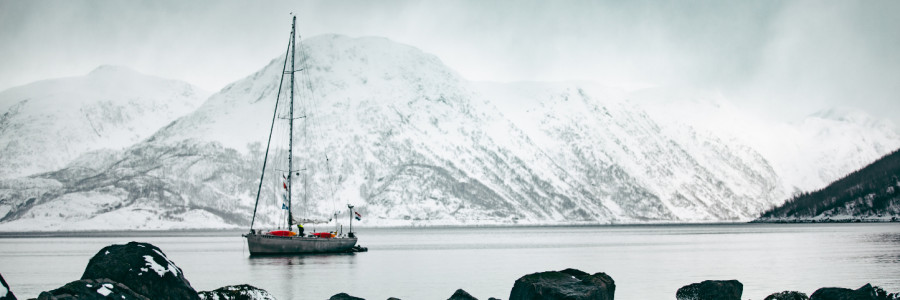

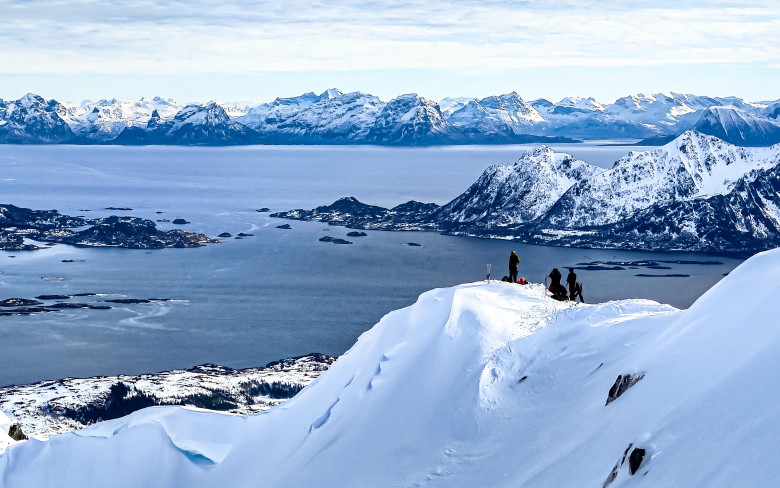
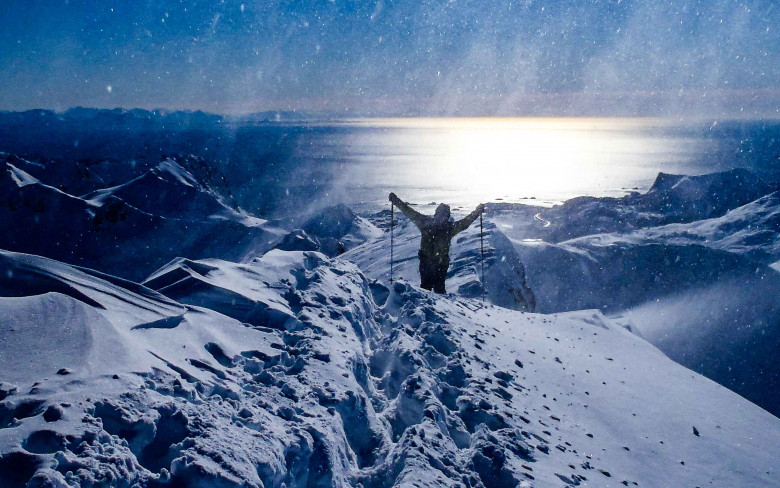
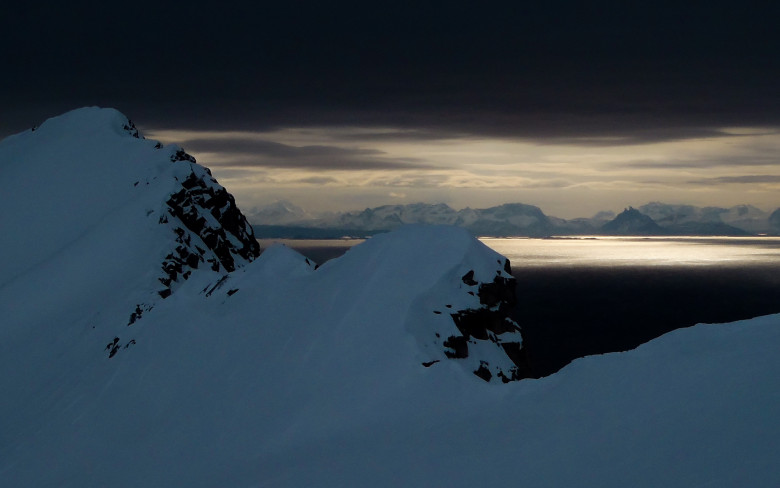
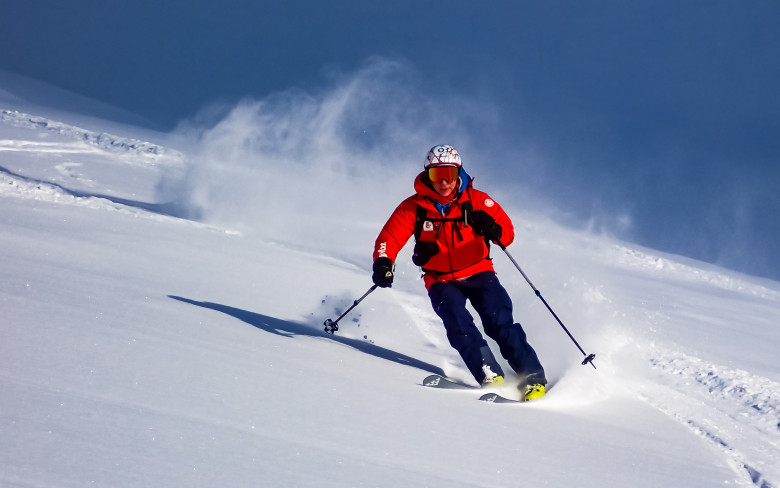
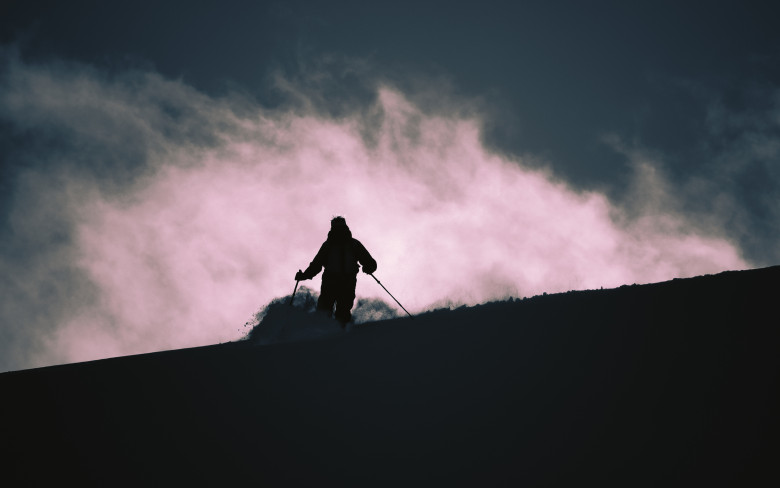
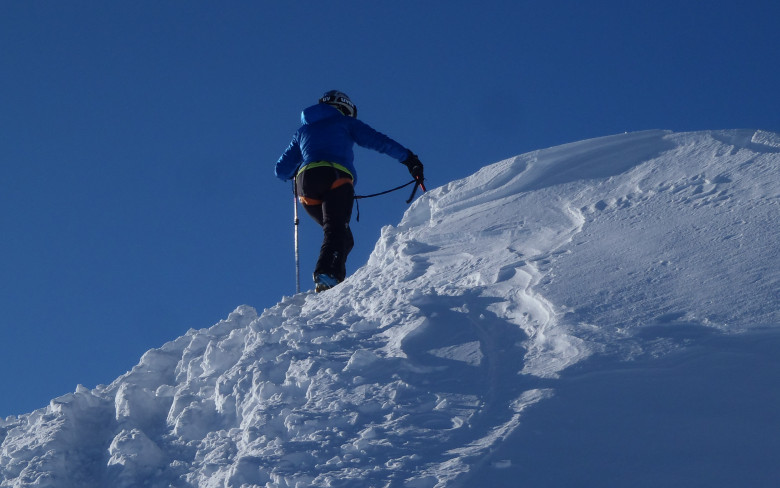
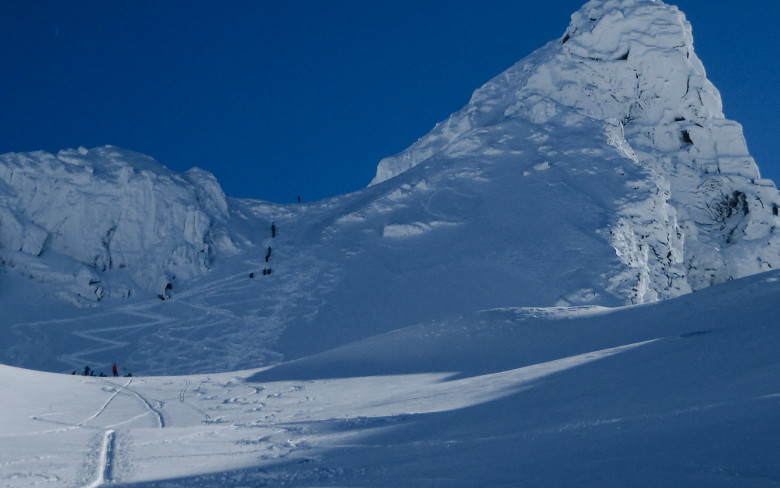
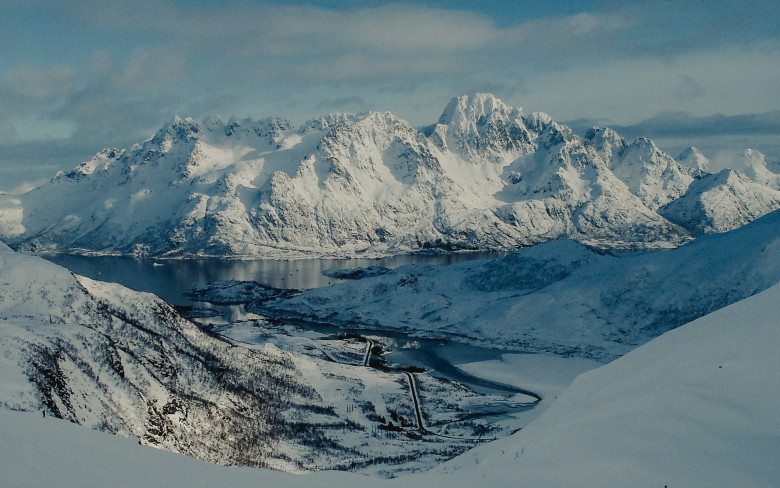

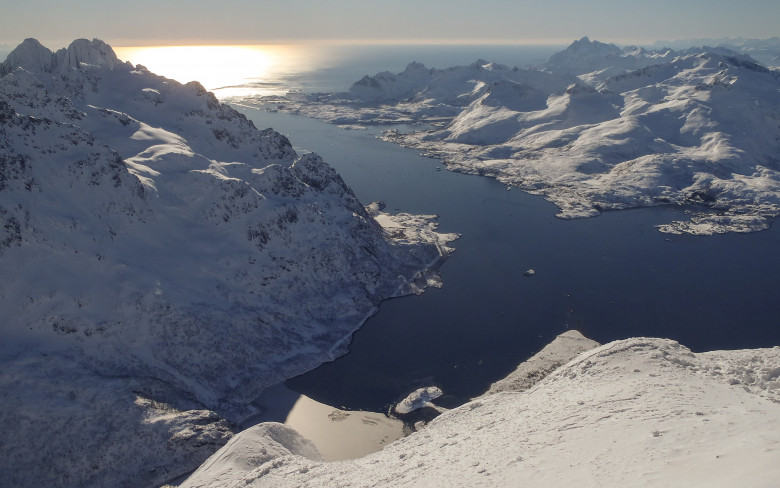
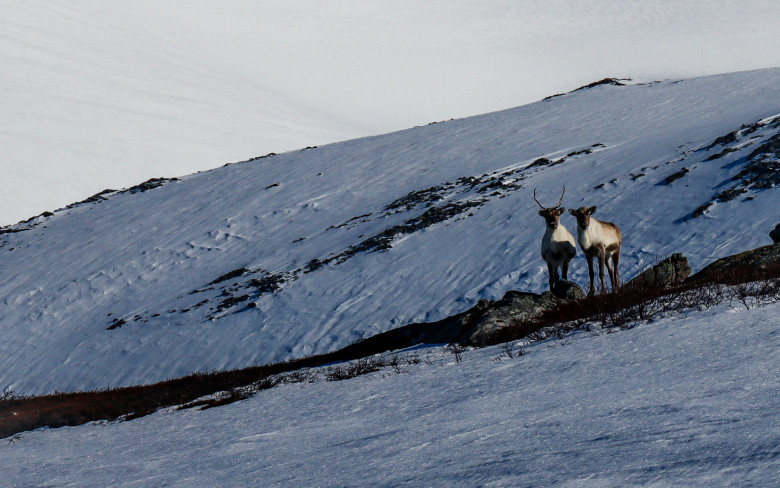
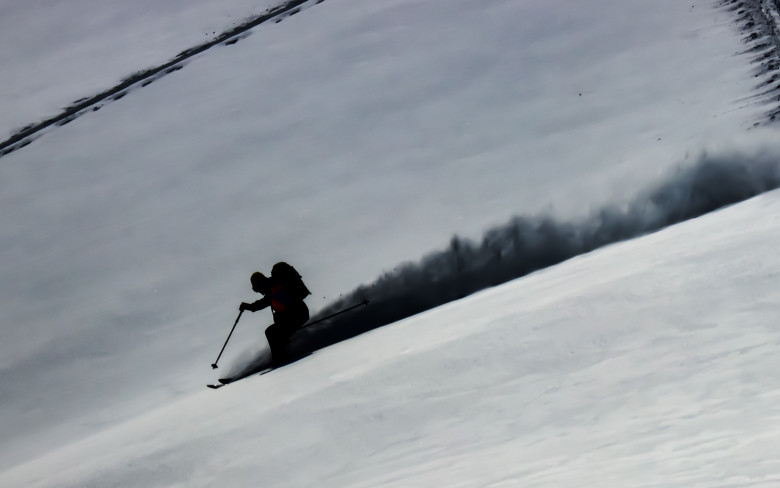
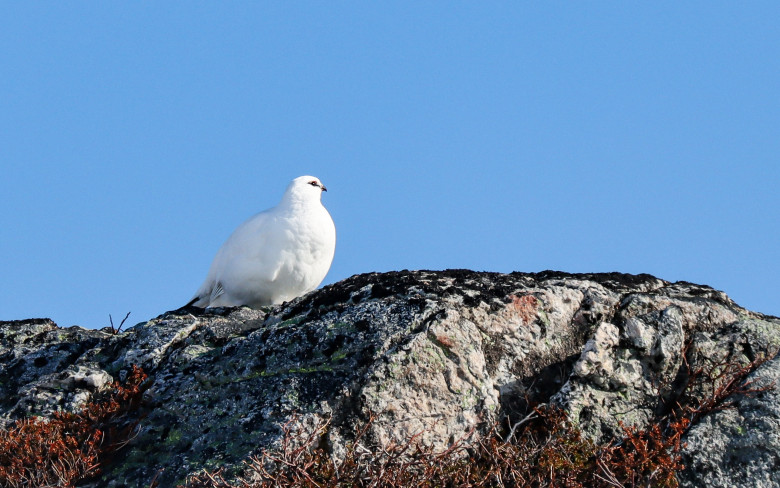
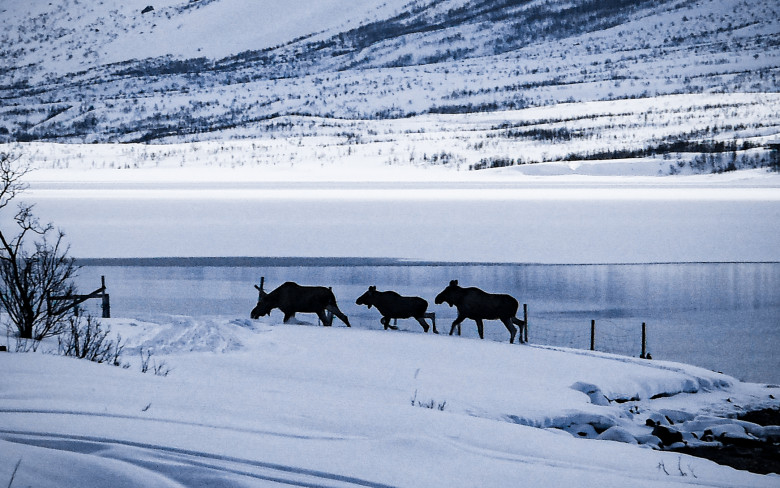
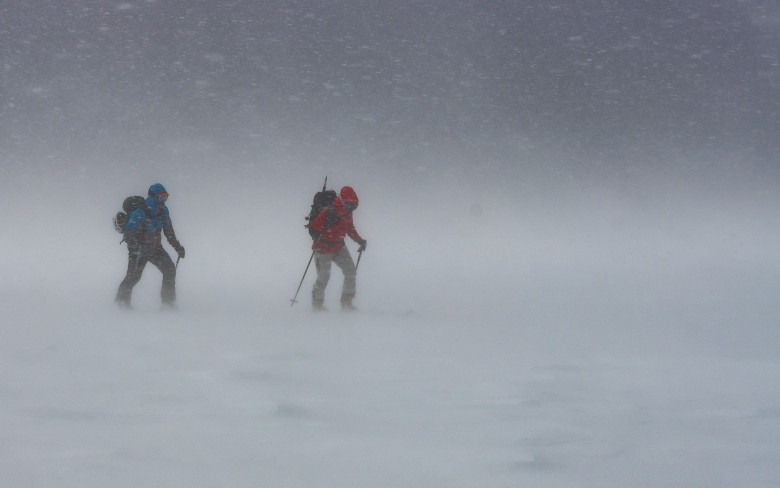
 Travel Website Development
Travel Website Development